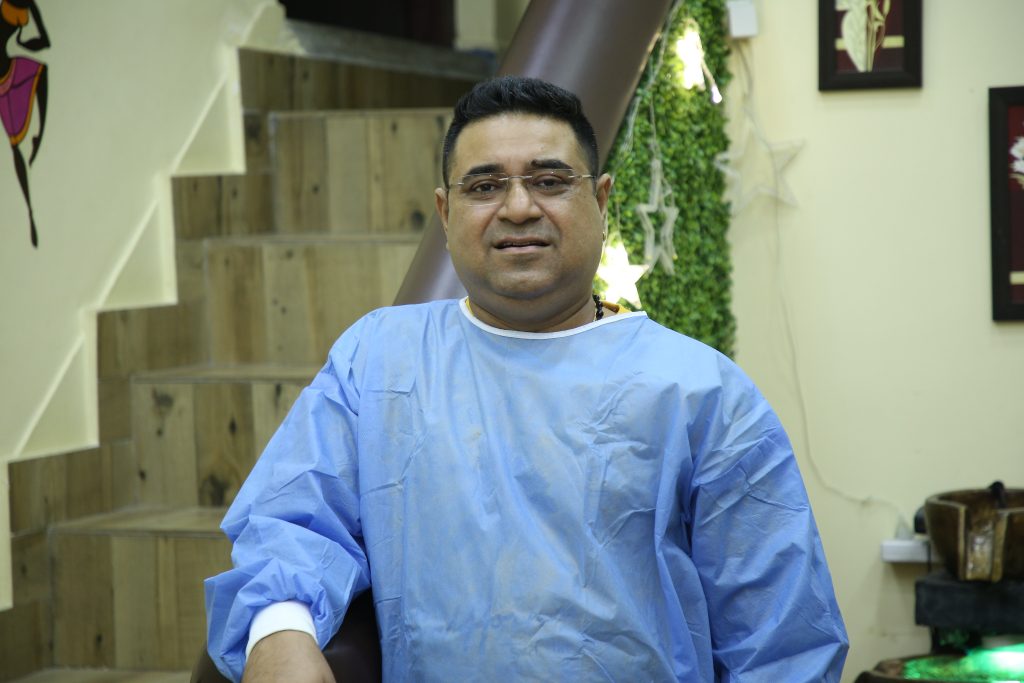Microsurgery comprises high precision surgical procedures, sometimes with the aid of optical magnification instruments. This type of dental implant surgery reduces trauma on tissues and increases precision in sutures, essential factors in the healing process. Microsurgery is very important, since it doesn’t damage the micro vascular formations so necessary in an aesthetic healing, where traditional surgery has limitations.
Microsurgery is time consuming and comes with a higher price tag. It requires multiple qualifications.
THE USES OF MICROSURGERY
We use microsurgery in guided bone regeneration, where the result of bone augmentation is directly dependent on a full recovery under the protection of micro sutures, in implantology and periodontics.
The natural, seamless transition from a natural gingiva to one which has been operated on is only achievable through microsurgery which reduces and most of the times eliminates unaesthetic scars, especially in visible areas.
Microsurgery allows the dentist to perform highly precise procedures, with smaller instruments and more delicate suture materials. All instruments are micro: scalpel, forceps, scissors, elevators, needles, sutures, to ensure a precise incision and a minimum amount of damage to the surrounding tissue.
ADVANTAGES OF DENTAL MICROSURGERY
Dental microsurgery benefits at micro level are obvious and go from:
Low inflammation risk
Natural post-operative look
Maximum precision suture
Fast healing (crucial to the frontal portion)
Microsurgery has applications in dental aesthetics, periodontal surgery, implantology, prosthetics for the correct adaptation of inlays, veneers and dental crowns.
